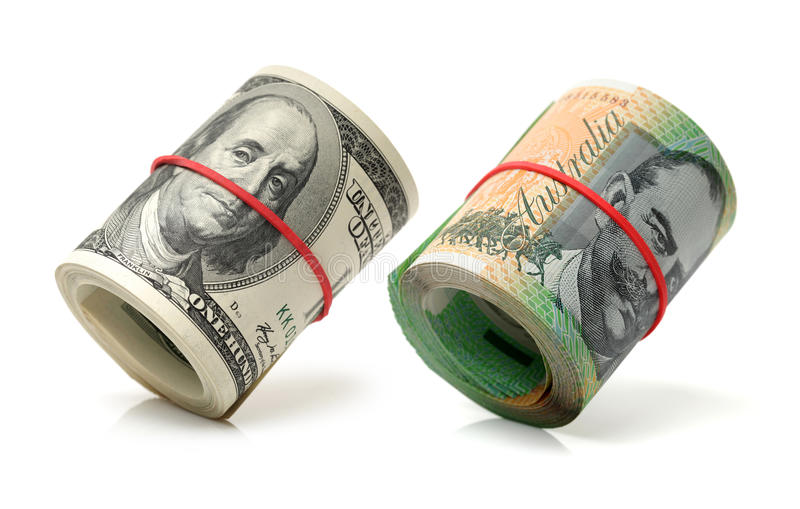Australian dollar continued its winning trend.
The Australian Dollar (AUD) extended its winning streak on Thursday, which began on February 14. This strong momentum was aided by encouraging preliminary Australian Purchasing Managers Index (PMI) results. The data showed a considerable return. Private sector activity increased in February, bringing an end to a five-month slowdown, fueled primarily by robust expansion in the services sector. However, the industrial sector struggled due to rising interest rates, resulting in the largest drop in output since May 2020.
The US dollar faces hurdles as US Treasury yields reverse recent advances.
On Thursday, investors will be looking for S&P US PMI data, weekly initial jobless claims, and existing home sales.
Australia’s ASX 200 continues to fall on negative mood and predictions of increased borrowing costs for the foreseeable future.
The Australian Dollar (AUD) may encounter challenges due to weaker Australian money markets, as the S&P/ASX 200 Index falls for the third time in a row amid sluggish mood. The recent release of the Federal Open Market Committee’s (FOMC) Minutes, which expressed concern about interest rate decreases, may delay the start of an easing cycle. Furthermore, the Reserve Bank of Australia’s (RBA) meeting minutes released earlier this week changed market sentiment toward the likelihood of no impending rate decreases.
The FOMC Minutes express caution about interest rate decreases, which might potentially postpone the start of an easing cycle.
The US dollar index (DXY) Despite a spike in US Treasury yields on Wednesday in response to the FOMC Minutes’ cautious tone on the pace of interest rate cuts, there is still downward pressure. The Meeting Minutes emphasized the need for additional evidence of disinflation to assuage worries about upside risks. Currently, fund futures imply that over 70% of the market expects the Fed to decrease rates at its June meeting. According to the CME FedWatch Tool, the market now assigns a 52.2% likelihood of easing starting in June.
Daily Market Movers: Australian Dollar Strengthens on Improved Australia Services.
The Australian Dollar (AUD) extended its winning streak on Thursday, which began on February 14.
The Judo Bank Australia Composite PMI rose from 49 to 51.8 in February, marking the first month of expansion in the Australian private sector. sector after five months of contraction.
Judo Bank Australia Services PMI increased to 52.8 from 49.1. Manufacturing PMI declined to 47.7 from 50.1 previously due to a large reduction in new orders.
The Australian Wage Price Index (QoQ) rose by 0.9% in the fourth quarter, as projected, but less than the prior increase of 1.3%. The index increased by 4.2% year on year, exceeding market expectations of 4.1%.
The Westpac Leading Index (MoM) fell by 0.1% in January, compared to the prior reading of 0.0%.
The ANZ-Roy Morgan Consumer Confidence Index rose to 82.8 this week from 82.6 the week before. Remarkably, the index has now spent a record 55 consecutive weeks below 85.
The RBA’s meeting minutes stated that the board Deliberated on whether to raise interest rates by 25 basis points (bps) or maintain them steady. While recent data suggested that inflation will return to target in a fair timeframe, it was acknowledged that this would “take some time.” As a result, the board concluded that it was prudent not to rule out further rate hikes.
S&P’s examination of the FOMC minutes suggests that inflation will continue to fall in the coming months.
S&P’s examination of the FOMC minutes suggests that inflation will continue to fall in the coming months, despite the persisting uneven disinflationary trends. They retain their forecast for monetary policy in 2024, expecting no changes. S&P anticipates that the Federal Reserve will cut its policy rate by 25 basis points at its June meeting, followed by another 75 basis points by the end of the year.
Richmond Thomas Barkin, President of the Federal Reserve Bank, told Reuters that the United States still has “ways to go” to accomplish a smooth landing. He noted the general favorable trend in US inflation and employment figures. However, Barkin stated that recent Producer Price Index (PPI) and Consumer Price Index (CPI) data have been less favorable, showing a reliance on goods disinflation. He argued that the United States is nearing the conclusion of its inflationary struggle, with the key question being how long it will take to resolve.









